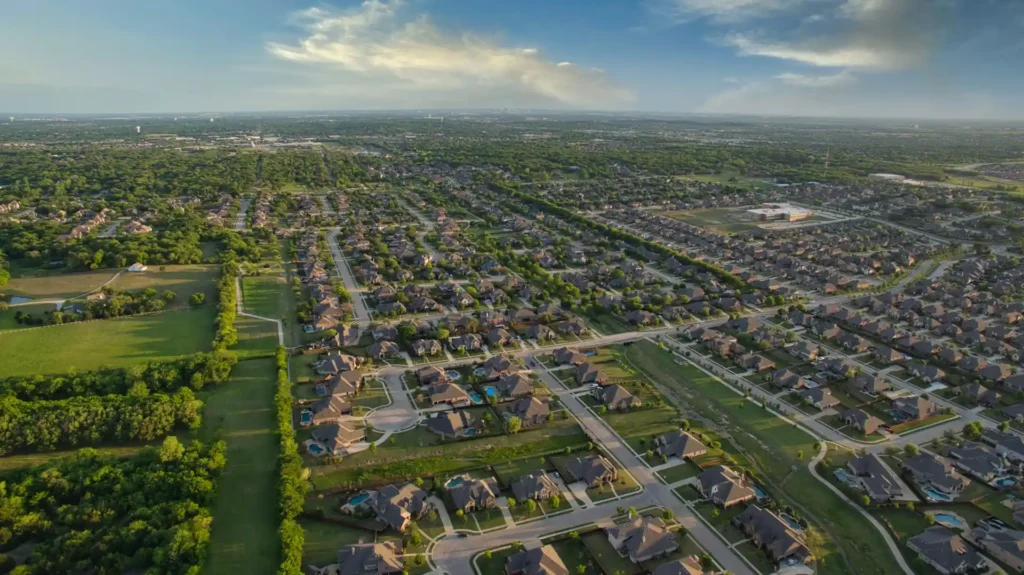
How Does Real Estate Development Help Revitalize Local Communities and Neighborhoods?
Real estate development is more than bricks and mortar it’s a catalyst for economic growth, community pride, and lasting positive change. But how exactly does real estate revitalizes communities in practical, meaningful ways? And what strategies help ensure redevelopment benefits everyone?
In this in-depth guide, you’ll explore how real estate revitalizes communities, the key principles behind successful neighborhood renewal, and real-life examples of urban transformations that uplift lives and create stronger, more vibrant places to live.
Why Communities Need Revitalization
Many cities and towns around the world face the same challenges:
Aging housing stock and crumbling infrastructure
Vacant lots and abandoned industrial sites
Declining local businesses
Limited opportunities for residents
When done thoughtfully, real estate revitalizes communities by addressing these issues and turning neglected spaces into thriving, inclusive neighborhoods.
1. Transforming Underutilized Properties
One of the most direct ways real estate revitalizes communities is by breathing new life into abandoned or underutilized properties.
For example:
Old factories become creative office spaces or loft apartments.
Empty lots turn into mixed-use developments with shops and housing.
Vacant retail strips are repurposed into community centers or food markets.
By converting unused spaces, developers unlock economic value and make neighborhoods safer and more attractive.
2. Creating Mixed-Use Developments
Mixed-use projects are a proven strategy for revitalizing communities. They combine residential, commercial, and sometimes public spaces in one area.
Benefits:
Encourages walkability and reduces reliance on cars.
Supports local businesses by bringing foot traffic.
Builds a sense of community with gathering spaces.
This multi-functional approach shows how real estate revitalizes communities by fostering vibrant hubs for work, living, and leisure.
3. Boosting Local Economies
Real estate development stimulates local economies in many ways:
Construction projects create jobs for local workers and contractors.
New businesses move in, offering services and employment.
Rising property values increase municipal tax revenue that funds schools, parks, and services.
When done inclusively, this cycle lifts entire communities and promotes long-term economic stability.
4. Improving Housing Quality and Affordability
Urban redevelopment can add modern, energy-efficient housing stock to neighborhoods that need it most. Many community-focused projects include:
Affordable housing units.
Workforce housing for essential workers.
Mixed-income models to prevent displacement.
Balanced housing options ensure that revitalization benefits existing residents, not just newcomers.
5. Building Community Spaces
One powerful way real estate revitalizes communities is by designing and funding public spaces:
Parks and playgrounds for families.
Plazas and pedestrian zones for socializing.
Community centers for education and events.
These places bring people together, strengthen social ties, and create pride of place.
6. Supporting Small Businesses
Revitalization works best when local entrepreneurs thrive. Many developers now prioritize:
Affordable retail spaces for small businesses.
Pop-up markets and food stalls.
Community partnerships that keep money circulating locally.
This strengthens the local identity and keeps the neighborhood unique and authentic.
7. Preserving Cultural Heritage
Historic preservation is often a vital part of neighborhood revitalization:
Restoring heritage buildings keeps the community’s character alive.
Adaptive reuse projects celebrate the past while meeting modern needs.
Cultural districts attract tourism and creative industries.
Done thoughtfully, this approach honors history and tells the story of the neighborhood.
8. Embracing Sustainability
Modern projects increasingly show how real estate revitalizes communities while protecting the environment:
Green buildings with energy-efficient systems.
Sustainable materials and designs.
Urban gardens and green roofs.
These elements make neighborhoods healthier, more resilient, and more attractive to residents and businesses alike.
9. Partnering with the Community
The most successful revitalization efforts happen when developers, city planners, and residents work together.
Key steps:
Holding community meetings to hear local voices.
Conducting surveys about neighborhood needs.
Designing projects that reflect the area’s identity.
This partnership approach prevents gentrification and ensures that revitalization uplifts everyone, not just investors.
Real-Life Example: From Blight to Bright
Consider the transformation of an abandoned industrial district into a lively mixed-use hub. Once home to derelict warehouses and crime, the area was redeveloped to include:
Affordable housing and artist lofts.
Local cafes and shops.
Community gardens and safe public spaces.
Crime dropped, new businesses flourished, and residents took pride in their renewed neighborhood a clear example of how real estate revitalizes communities when done right.
The Economic Ripple Effect
When neighborhoods thrive, cities benefit too:
Rising property values generate tax revenue for schools and services.
Improved infrastructure attracts new residents and businesses.
Safer, cleaner streets raise the overall quality of life.
Keys to Responsible Revitalization
Revitalization must balance economic growth with social responsibility. Core principles include:
Preserving affordable housing.
Preventing displacement through mixed-income models.
Supporting local culture and businesses.
Prioritizing green, sustainable building practices.
Involving residents from planning to completion.
When these values guide development, real estate revitalizes communities in ways that last for generations.
The Future of Community Revitalization
Looking ahead, trends shaping neighborhood revitalization include:
Smart city tech for safer, efficient living.
Modular housing for quick, affordable construction.
Community land trusts to keep housing affordable.
Resilient designs to withstand climate change.
These innovations prove that real estate will continue to play a vital role in shaping vibrant, inclusive communities.
FAQs for How Real Estate Revitalizes Communities
By transforming underused spaces into vibrant mixed-use areas, creating jobs, and boosting local economies.
They combine residential, commercial, and public spaces to encourage walkability and community interaction.
It can but responsible planning includes affordable housing and community engagement to prevent displacement.
By providing affordable retail space, promoting local entrepreneurs, and attracting more foot traffic.
It ensures that revitalization projects respect local culture, meet residents’ needs, and benefit everyone.




